What Is a Linux Server Operating System?
A Linux server operating system serves content to client devices. Server operating systems article tools for simple server creation. Because servers generally run heartless, the graphical user interface (GUI) in a Linux server operating system remnant less required. IDC Admit , hardware sales data announce that 28 percent of servers are Linux-based. However this likely doesn’t account for home labbers. While there are dedicated Linux server operating systems. Linux training in chandigarh will help you in learning the linux server operating system. The key use in Long Term Service (LTS) and for installing your fancy software. LTS flavors provide balance and a great support cycle. 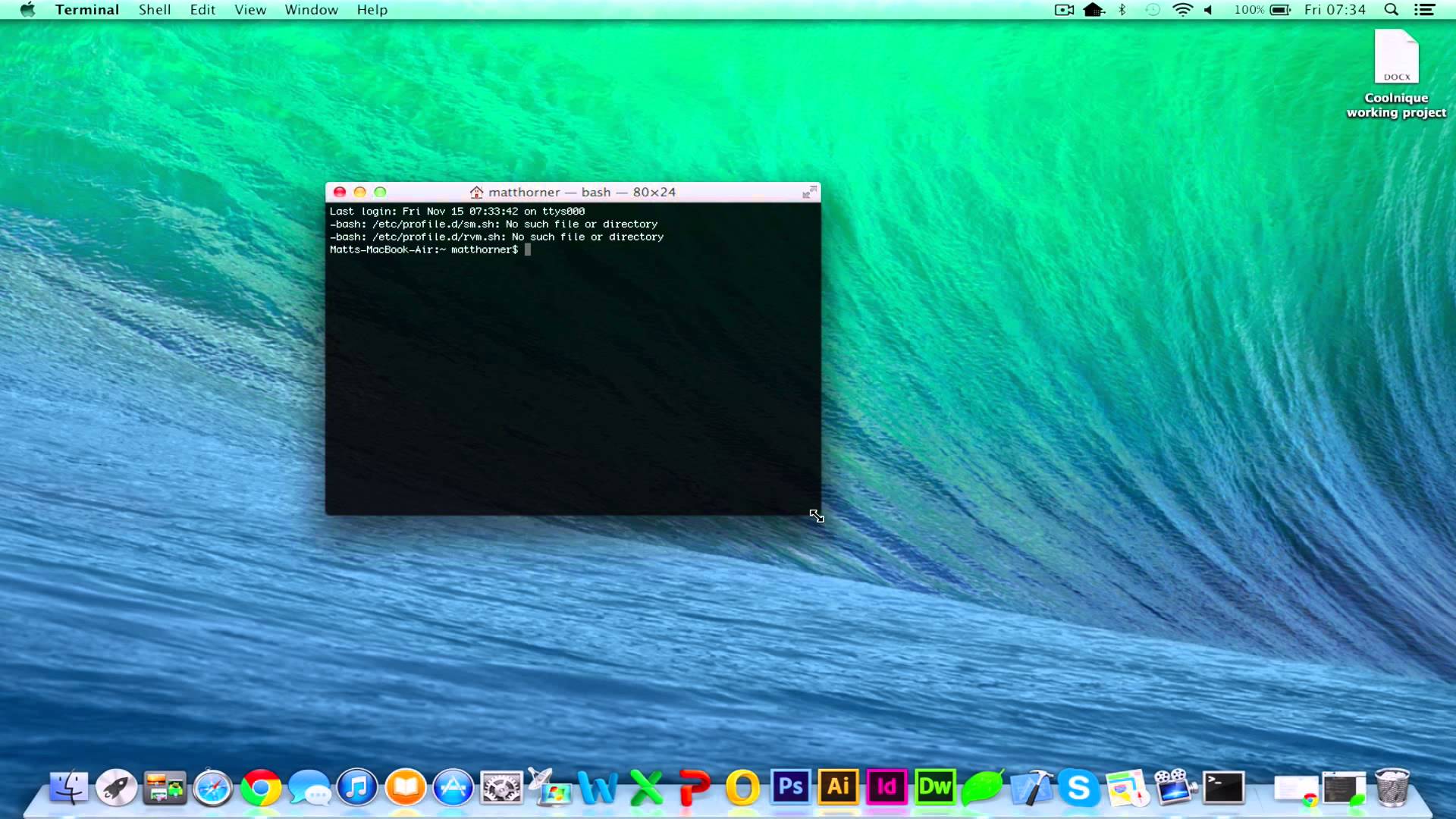
Here we have different types of Linux server operating system used in Linux:-
1. Ubuntu Server
Ubuntu is equable the most well-known Linux operating system. With a plethora of Ubuntu derivatives, it’s a balanced distribution. Ubuntu and its modification offer excellent user experiences. Ubuntu Server is available in two versions: LTS and a rolling-release. The LTS Ubuntu Server discharge boasts a five year support cycle. Although the support cycle isn’t five years, the non-LTS variant appearance nine months of security and maintenance updates. While Ubuntu and Ubuntu Server are pretty identical, Server offers different luxuries. Notably, Ubuntu Server provides OpenStack mites, Nginx, and LXD. Such formation coddle to system administrators. Using Ubuntu Server, you can spiral up web servers, deploy containers, and more. 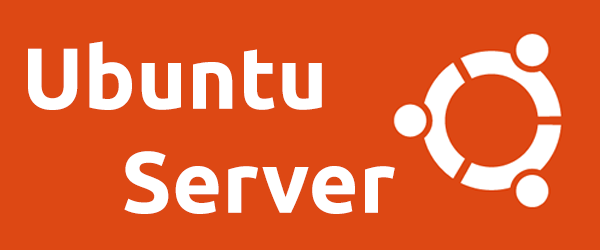 Although it’s not a server distro, Ubuntu LTS does aspect a five year support cycle. I’m currently using Ubuntu 16.04 LTS to run a committed Plex server as well as a Linux game server. LTS dispocal can function properly well as Linux server operating systems.
Although it’s not a server distro, Ubuntu LTS does aspect a five year support cycle. I’m currently using Ubuntu 16.04 LTS to run a committed Plex server as well as a Linux game server. LTS dispocal can function properly well as Linux server operating systems.
2. openSUSE
SUSE Linux debuted in 1993. In 2015, open-source alternative openSUSE emigrated toward SUSE Linux Enterprise (SLE). There are two openSUSE derivatives: Leap and Tumbleweed. Leap appearance longer discharge cycles whereas doublewide is the rolling release. Tumbleweed is improved for power customers with its up-to-date glass like the Linux Kernel and SAMBA. Leap is better for balance. Updates bolster the operating system. Default tools posit openSUSE as a crazy Linux server operating system. openSUSE includes openQA for computerized testing, YaST for Linux configuration, and the taxing package manager Open Build Service. In discontinue its previous nine month absolution cycle and focusing on balance like SLE, openSUSE became a consistent Linux server environment. 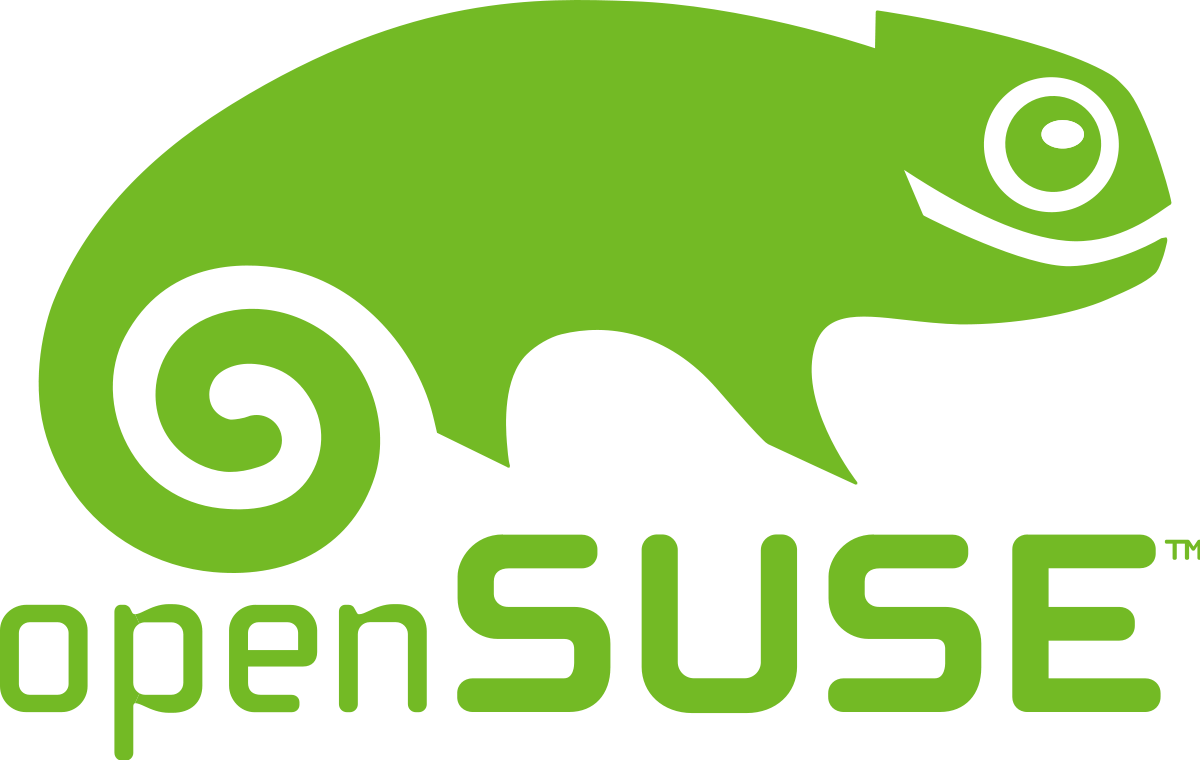
3. Oracle Linux
If you did a binary take when reading “Oracle Linux,” you’re not accomplish. Oracle Linux is a Linux delivery powered by tech giant Oracle. It’s applicable with two kernels. One features the Red Hat Compatible Kernel (RHCK). This is the same kernel as create in Red Hat Enterprise Linux (RHEL). Oracle Linux is confirm to work on lots of hardware from the likes of Lenovo, IBM, and HP. Oracle Linux appearance Ksplice for appreciate kernel security. There’s also support for Oracle, OpenStack, Linux containers, and Docker. It’s branded with an Oracle theme including an Oracle penguin. 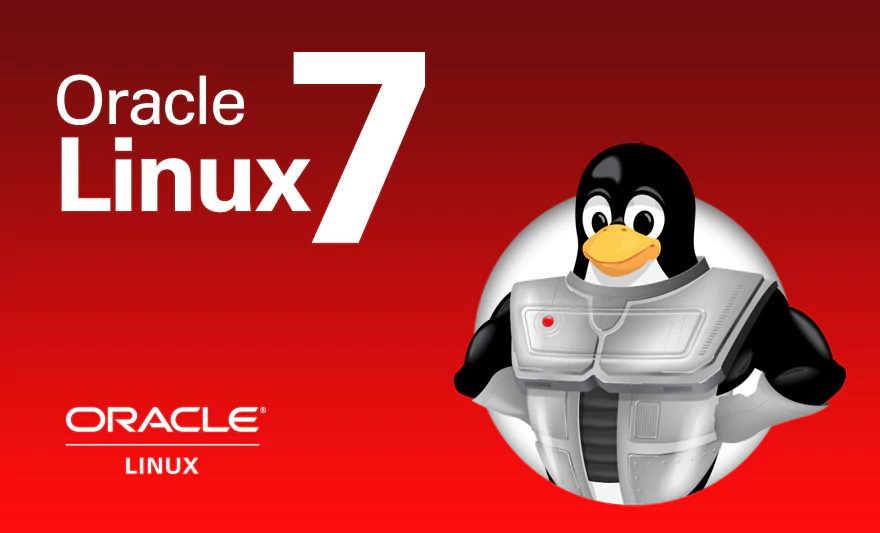 There is support, but it’s paid. If you need to spiral up a public / private cloud, Oracle Linux is a astronomical server operating system. Alternately, try Oracle Linux if you commonly need the Oracle-branded Linux penguin.
There is support, but it’s paid. If you need to spiral up a public / private cloud, Oracle Linux is a astronomical server operating system. Alternately, try Oracle Linux if you commonly need the Oracle-branded Linux penguin.
4. Container Linux (Formerly CoreOS)
Container Linux is a Linux operating system assembled for expand containers. There’s a absorption on absorption containerized distribution. Container Linux is a admirable operating system for secure, highly extensible deployments. Assortment expand are easy and this distro build means for accountant discovery. There’s character and support for Kubernetes, Docker, and rkt. 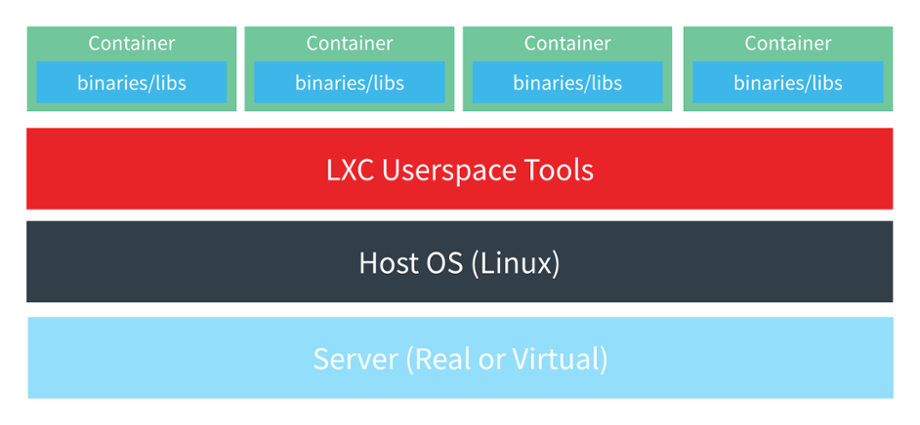 However, there’s no bucket manager. All apps must run essential containers, so condensation is mandatory. Nevertheless, if you’re working with capsule Linux is the best Linux server running for a batch infrastructure. It offers an etcd which is a daemon constant across each computer within a cluster. You’ve got install agreeability too. In development to an on-premise installation, you can run bowl Linux on basic channels like Azure, VMware, and Amazon EC2.
However, there’s no bucket manager. All apps must run essential containers, so condensation is mandatory. Nevertheless, if you’re working with capsule Linux is the best Linux server running for a batch infrastructure. It offers an etcd which is a daemon constant across each computer within a cluster. You’ve got install agreeability too. In development to an on-premise installation, you can run bowl Linux on basic channels like Azure, VMware, and Amazon EC2.
5. CentOS
CentOS provides a equitable environment. It’s an open-source accessory of Red Hat Enterprise Linux (RHEL). Thus, CentOS assign an enterprise-class server actions. The Red Hat sponsored operating system uses the equitable source code as found in RHEL. CentOS employs the RPM bottle administrator. Analysis data found that about 30 percent of all Linux servers fulfilled on CentOS. There’s a reason: it’s a very lasting server nature with Red Hat backing. 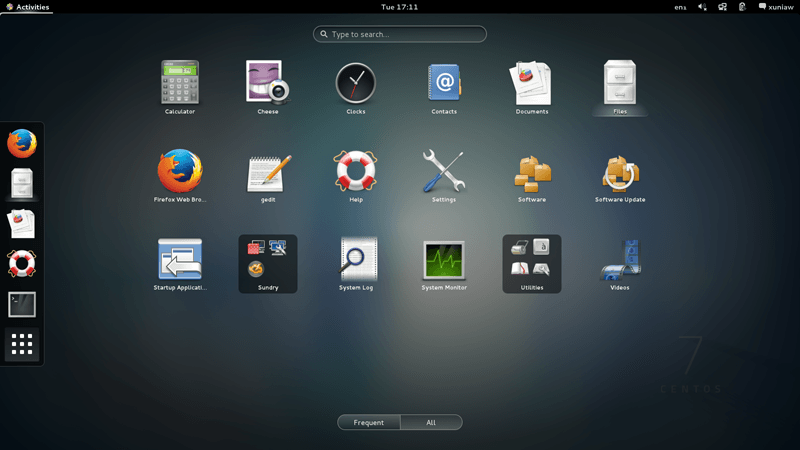
6. Arch Linux
Many servers limit power drinking.Contraction power draw is a major asset particularly for always-on appliance. Similarly, Linux server operating systems should dominate few resources. Appoint resources fully is key for maximum optima and server efficiency. Many Linux distributions use fewer resources than Windows or macOS counterparts. There’s a dedicated server branch of the Arch Linux Wiki. You can learn all about configuring Arch Linux as a attendant operating system. While there’s not a pre-packaged assistant release available for download, this Wiki provides the steps to creating your own. You can install popular server software including MySQL, Apache, Samba, and PHP for Arch. 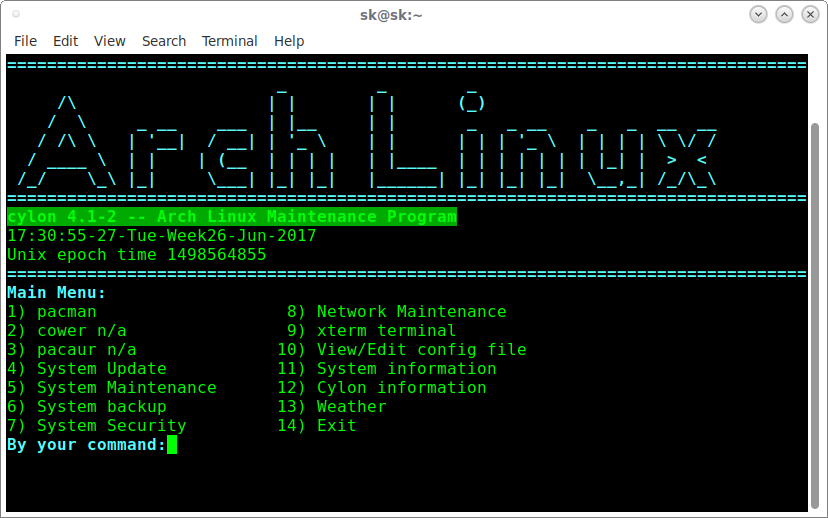
7. Mageia
Mageia is a Linux operating system that register security and strength. It’s a fork of Mandriva Linux that break in 2010. A 2012 PC World praised Mageia, now on its fifth reputation. Although there are countless Linux operating systems, there’s also a large list of Linux desktop environments. Mageia includes a group of environments such as KDE, GNOME, Xfce, and LXDE. Rather than MySQL. Server-centric extension like the 389 Directory Server and Kolab Groupware Server make Mageia a stellar Linux server operating system. 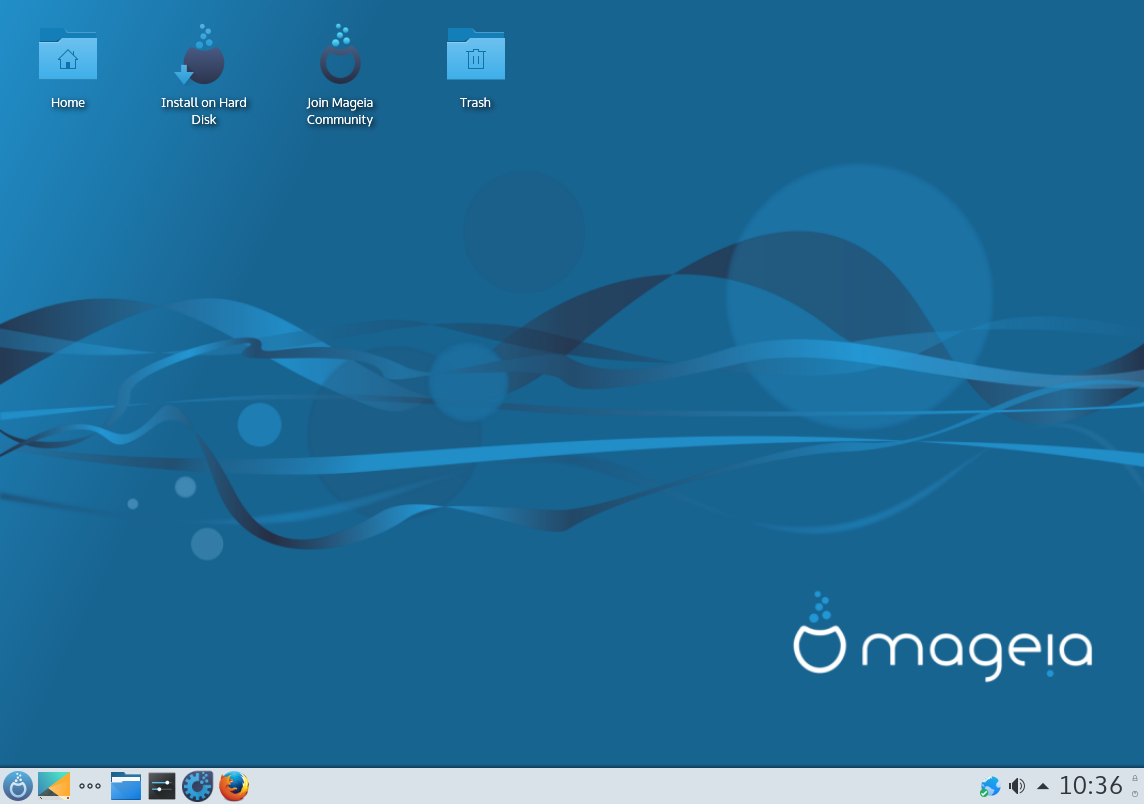
8. ClearOS
ClearOS is clearly engineered for servers,entrance machines, and network systems. The standard install features security improvements. There’s a absence firewall, bandwidth administration tools, a mail server, and imposition detection. ClearOS 7 Community Edition sports a massive 75 apps and tools. While there are paid ClearOS tiers, the Community Edition remains free. Additionally, ClearOS updates are absolutely free from upstream sources. 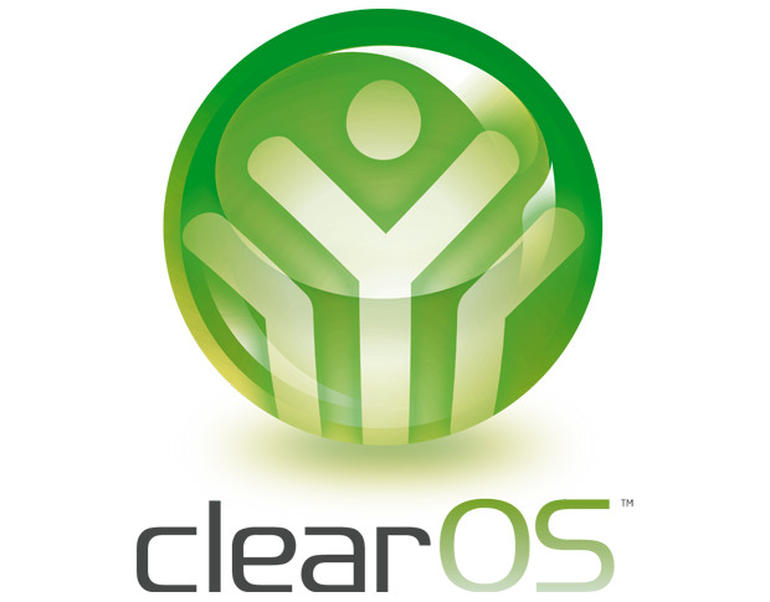 Linux training in Chandigarh is extremely in demand CBitss rolled out with a quick Quizzing Session, followed by the hackathon event where the students polished their art of using various linux Platforms like REDHAT, Fedora and some others too. Later, the students learned how to face the interview panel. We believe Training is Success in Progress. Our course really feel student about Corporate world so that they comes to know about Industry terms and conditions.We are CBitss Technologies , which is a unit of Sukrala IT Services Pvt. Ltd. company and it is ISO 9001:2008 certified company which provide best Linux training in Sector 34 Chandigarh.
Linux training in Chandigarh is extremely in demand CBitss rolled out with a quick Quizzing Session, followed by the hackathon event where the students polished their art of using various linux Platforms like REDHAT, Fedora and some others too. Later, the students learned how to face the interview panel. We believe Training is Success in Progress. Our course really feel student about Corporate world so that they comes to know about Industry terms and conditions.We are CBitss Technologies , which is a unit of Sukrala IT Services Pvt. Ltd. company and it is ISO 9001:2008 certified company which provide best Linux training in Sector 34 Chandigarh.